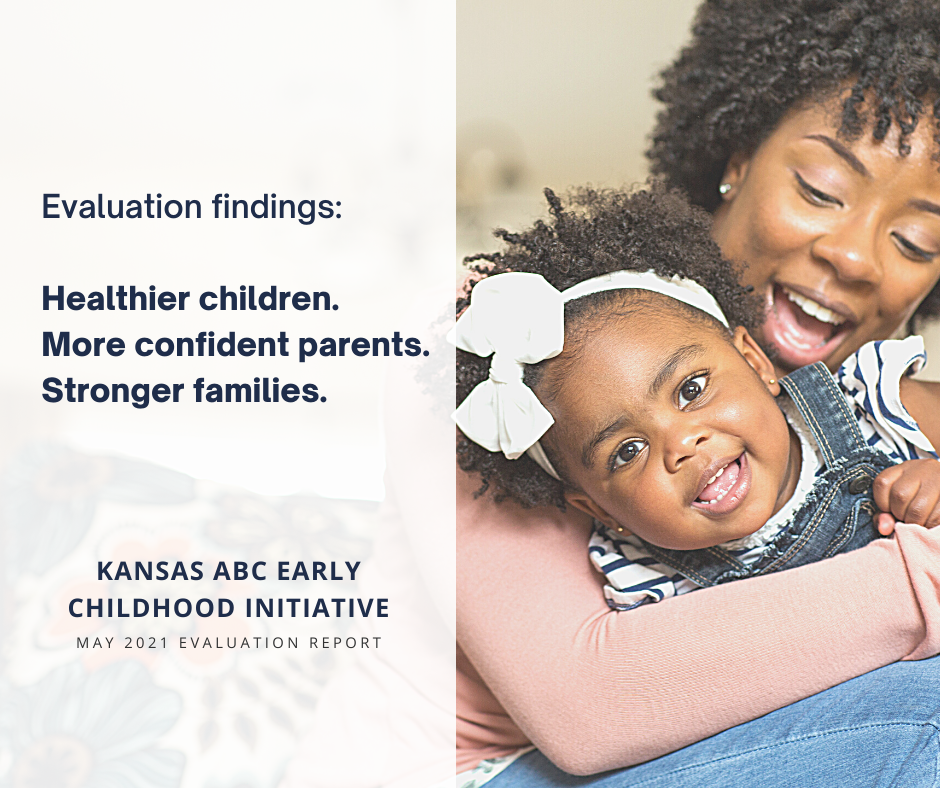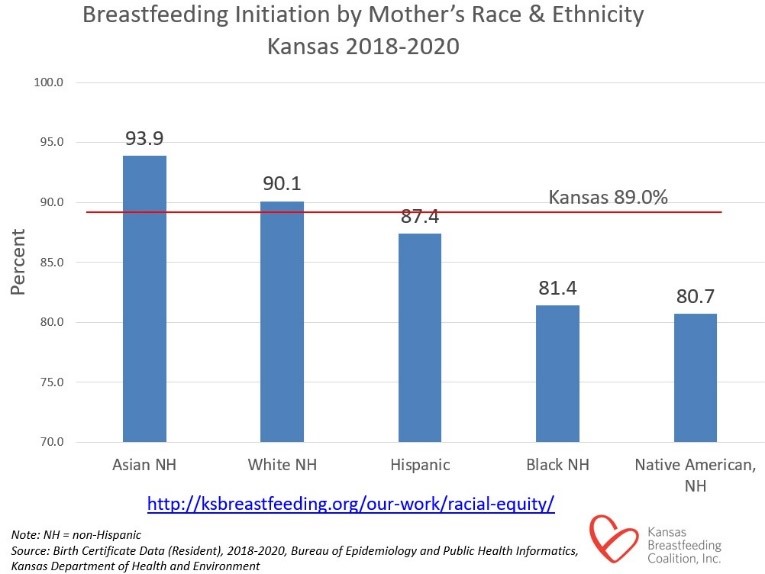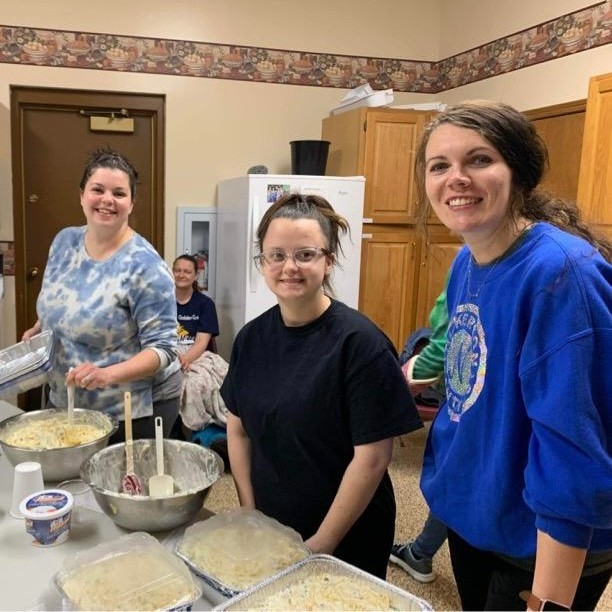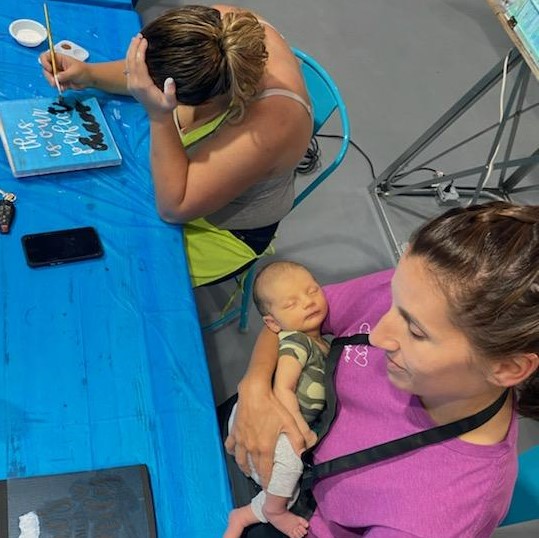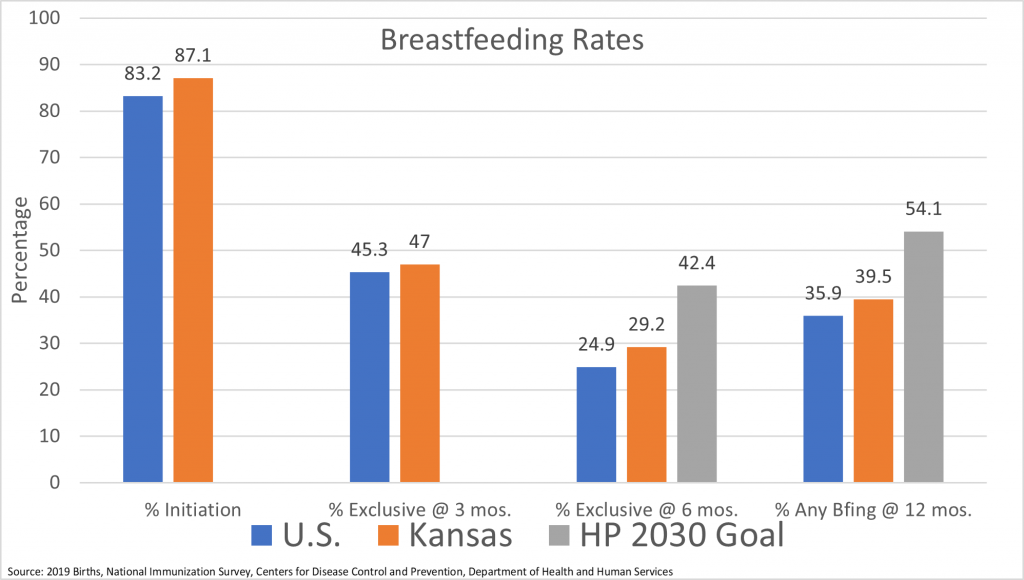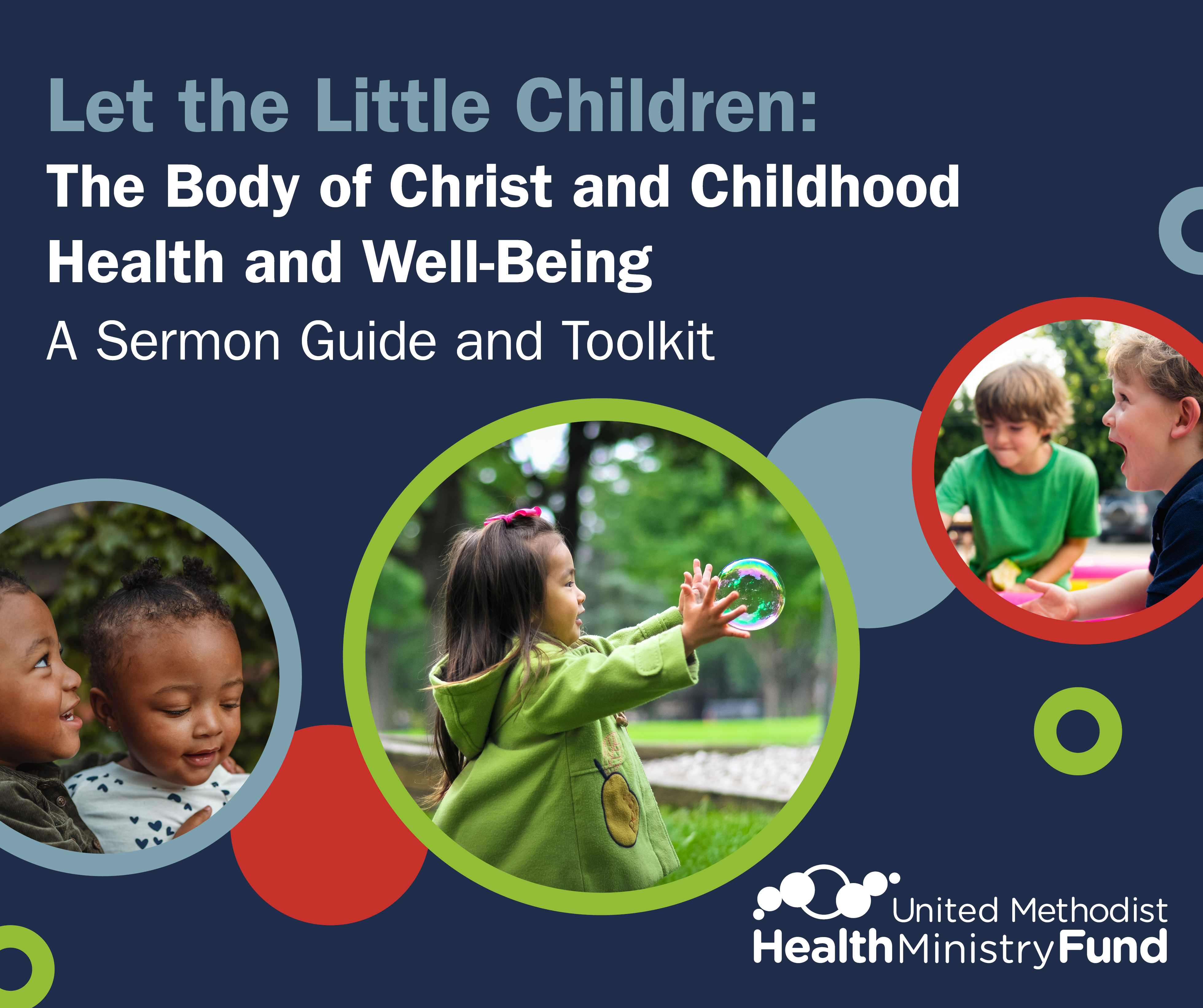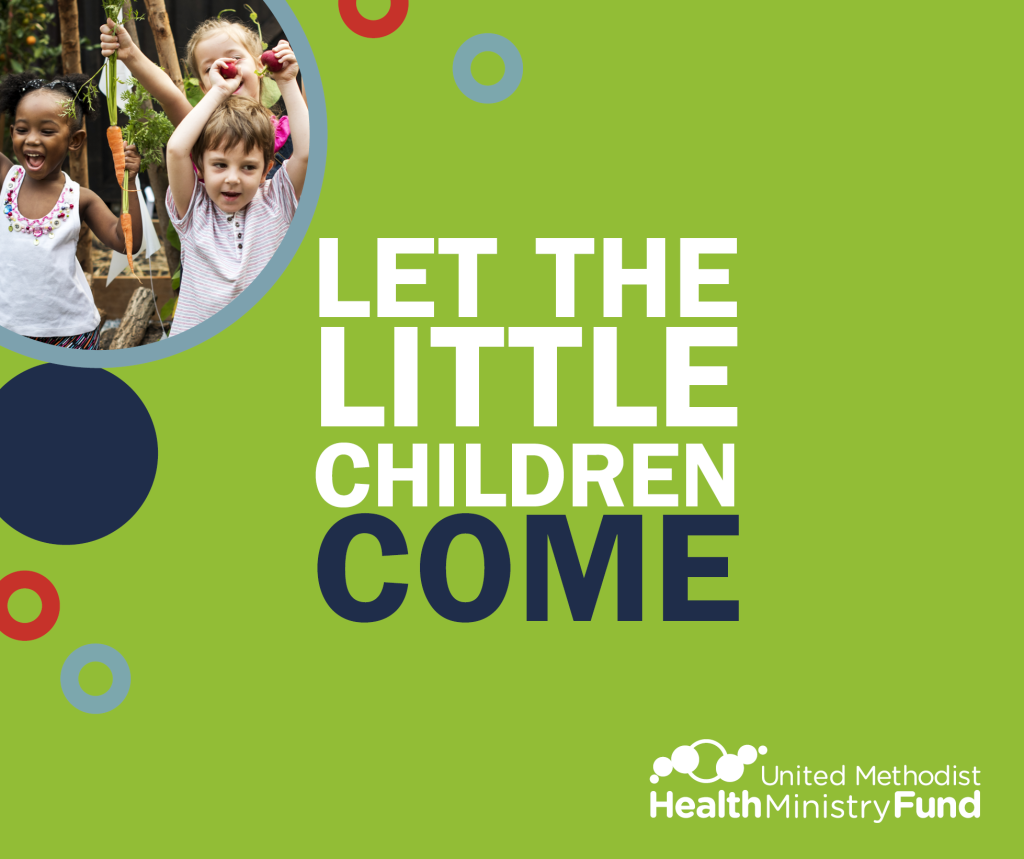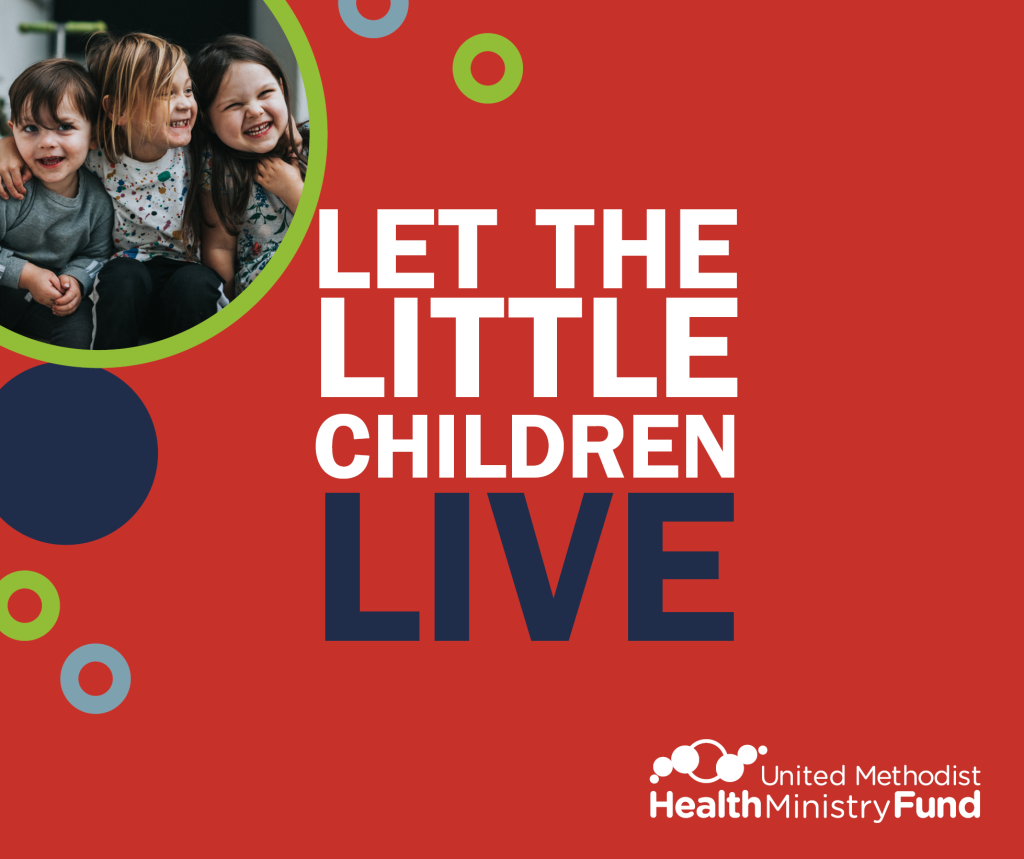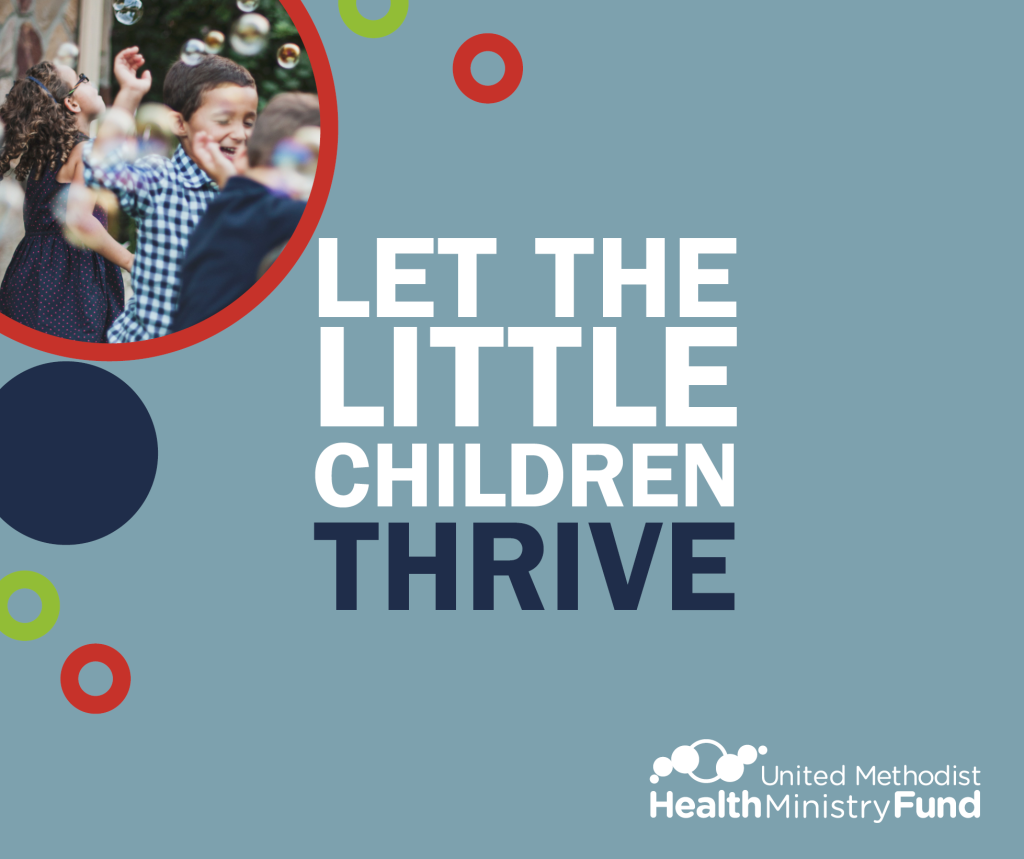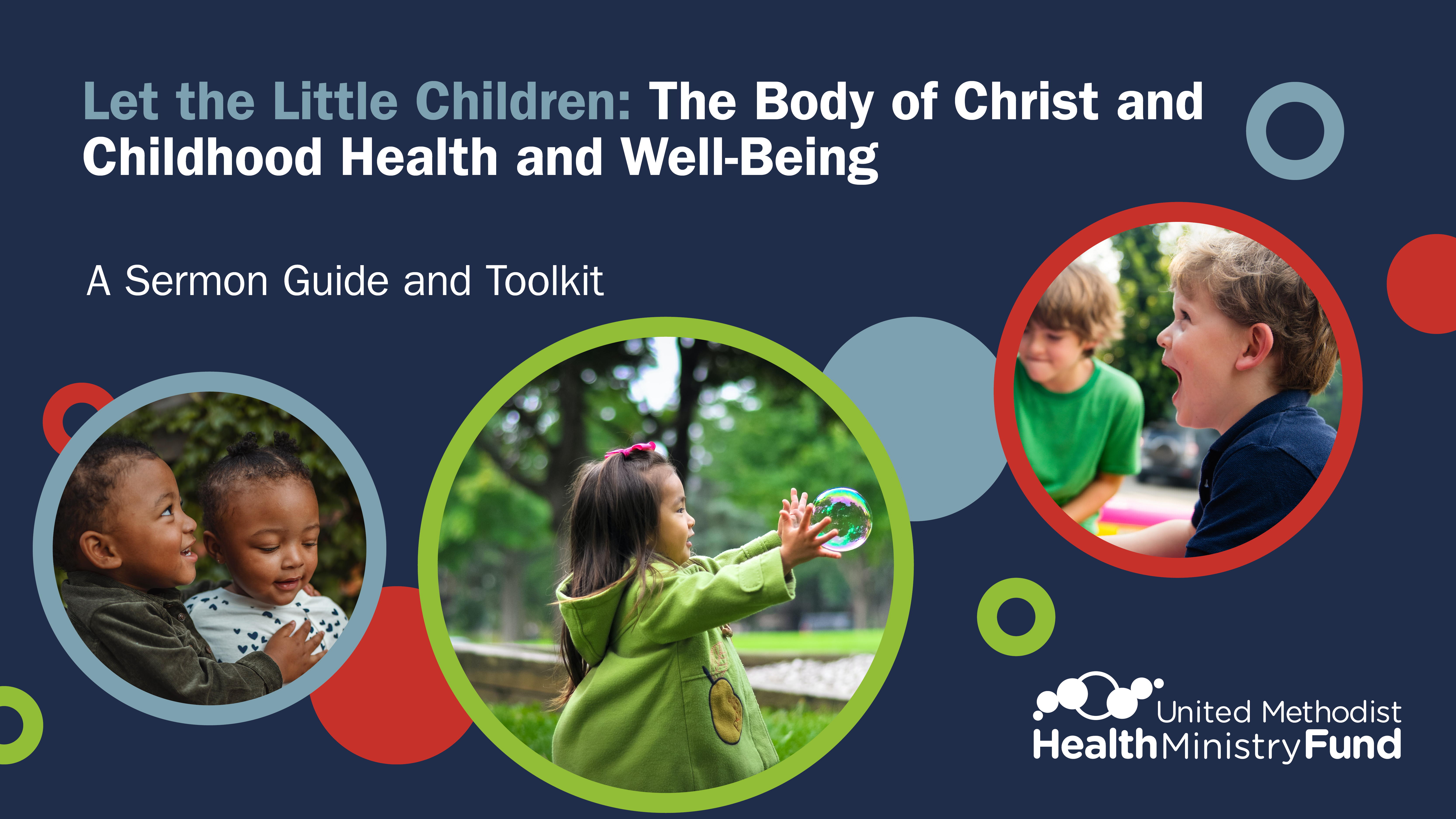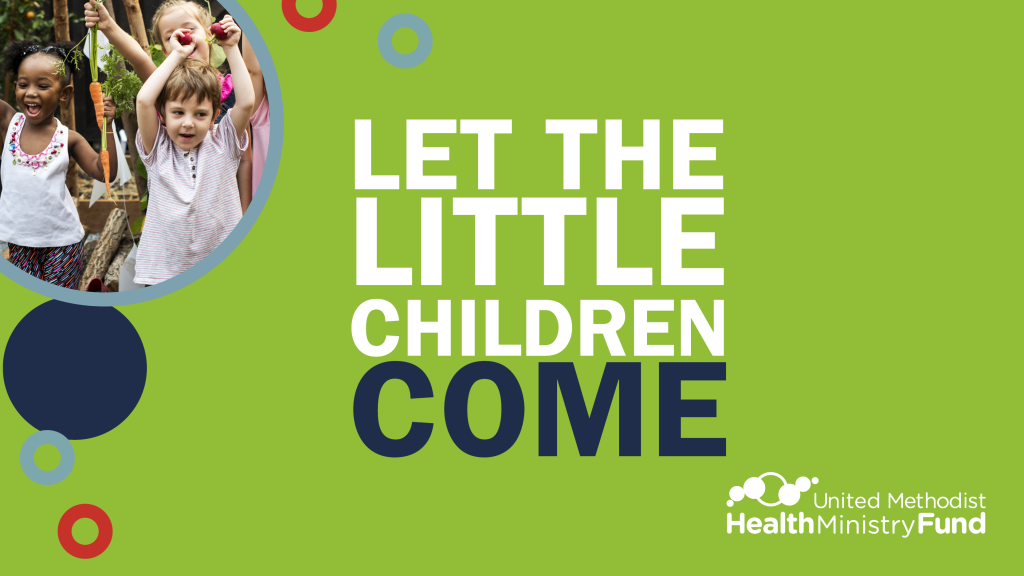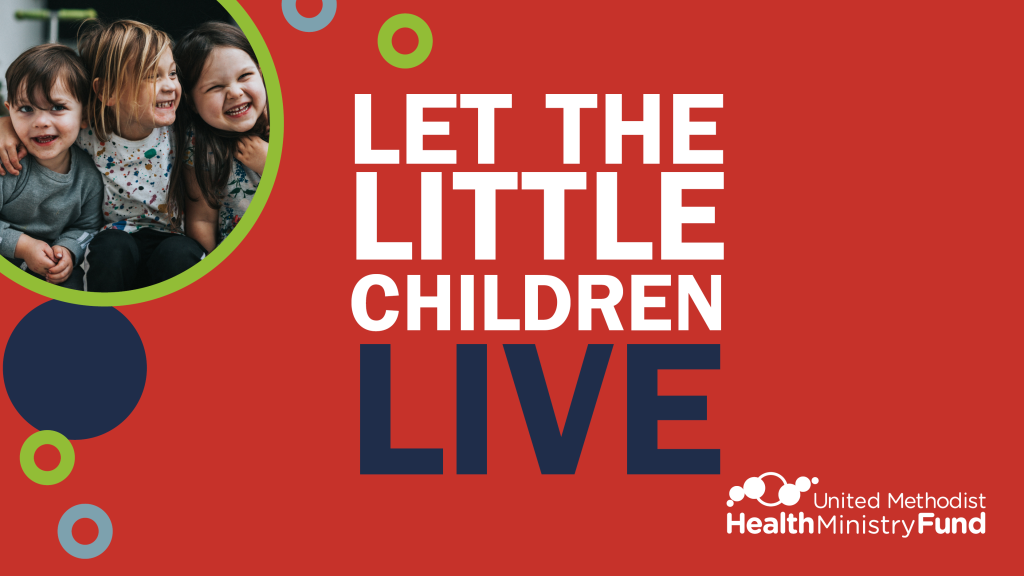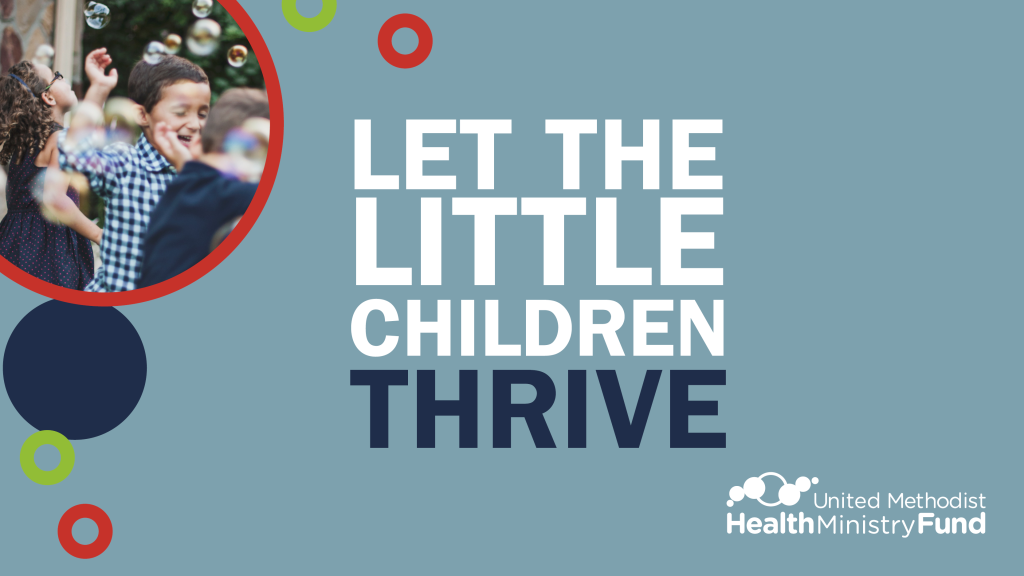This commentary originally ran in the Kansas Reflector on August 4, 2022. About the authors: Dr. Tiffany Anderson, superintendent of Topeka USD 501, and Dr. Shannon Portillo, associate dean and professor at the University of Kansas, served as co-chairs of the Governor’s Commission on Racial Equity and Justice; David Jordan, president and CEO of the United Methodist Health Ministry Fund, chaired the subcommittee on health care.
All kids should have the same opportunity to thrive.
The school-to-prison pipeline begins as early as preschool, when students are pushed out of school through out-of-school suspensions and expulsions. The overly harsh, disproportionate discipline for students in poverty and students of color often continues throughout PreK-12 and can force children into the prison system.
According to the National Conference of State Legislatures, the school-to-prison pipeline “framework identifies ‘zero tolerance’ discipline policies, the involvement of law enforcement in school discipline and implicit bias as factors driving the disproportionate incarceration of young people of color.”
In Kansas, the school-to-prison pipeline disproportionately affects children of color. The Governor’s Commission on Racial Equity and Justice examined the pipeline with a focus on the juvenile justice and education systems. The commission’s final report made recommendations in the areas of early childhood development, behavioral health, juvenile justice, and school resource officers.
Implicit bias plays a role in creating the school-to-prison pipeline. Educators may be unaware of their biases, and they may unconsciously reflect those biases on particular student groups but not others. To address these issues, it is critical for educators beginning in the preschool setting through K-12 to receive implicit bias training.
Many children are not screened for developmental delays and disorders, mental health issues, and disabilities. When children with disabilities, sensory overload, mental health issues or trauma misbehave, we need to consider if we’re treating the behavior or punishing them. To provide treatment, a diagnosis is needed. It’s critical to increase funding for early childhood and developmental screenings.
Our nation is undergoing a pediatric mental health crisis. Rates of depression and anxiety among kids 3 to 17 have increased over the past five years — they were already trending upward before the pandemic. In 2020, nearly 1 in 10 kids (9.2%) had been diagnosed with anxiety issues.
Adverse childhood experiences (ACEs), such as abuse, neglect or other environmental factors that lead to instability, are linked to mental health and substance use issues in adolescence and adulthood.
Rather than punishment, which can have lifelong consequences, children should receive behavioral health services in educational settings as early interventions.
According to a Yale University study, preschool students are expelled more than three times as often as K-12 students. Expulsion rates were lower in settings where the preschool teachers had access to classroom-based behavioral health consultants. The commission recommends increasing availability of infant/early childhood mental health consultation services in the state to ensure children receive age-appropriate behavioral health support.
To reduce interactions with the juvenile justice system, we must examine and improve school disciplinary policies.
Some school districts employ school resource officers. If law enforcement is used in a school for any reason, the school district and law enforcement agency should have a memorandum of understanding in place. Officers’ roles should consist of mentoring students and enforcing laws, not disciplining students or enforcing school rules. Officers need to receive ongoing education and training in implicit bias and school-based strategies to support students’ social and emotional health.
Zero tolerance policies should be eliminated. Instead of subjective language — such as “disrespect” or “disobedience” — discipline policies should provide clear examples of behaviors that will not be tolerated.
Kids who are suspended or expelled from school are more likely to interact with the justice system. In 2013-2014, Black preschool students in Kansas were 5.6 times more likely than their white peers to receive out-of-school suspension and the trend continued throughout K-12 education.
Suspending kids from school doesn’t improve their academic achievement or do much to reduce their misbehavior. Schools should practice alternatives, such as alternative schools, behavior intervention and family case managers.
In the Kansas juvenile justice system, disparities are most prevalent at the arrest level — although total arrests have decreased, disparities have climbed. According to a 2019 report by Kansans United for Youth Justice, “as the national disparity rate for black youth dropped 21% between 2006 and 2013, the disparity rate in Kansas for black youth rose 51% during the same period.”
Incarceration and out-of-home placement should be last resorts.
We should support proven programs that improve outcomes and reduce recidivism rates for young people in the juvenile justice system, focusing on behavioral health, career skills and housing supports.
To track Kansas’ efforts to address disparities and to understand where investments are most needed, the state should disaggregate juvenile detention data by race and ethnicity as well as location.
We must disrupt the school-to-prison pipeline and support youth who are currently affected. Let your school board members and legislators know that these issues matter and encourage them to act.
About this series
In June 2020, Gov. Laura Kelly signed Executive Order 20-48, forming the Governor’s Commission on Racial Equity and Justice. The Commission studied issues of racial equity and justice across systems in Kansas, focusing first on policing and law enforcement and then on economic systems, education, and health care. The Commission developed recommendations for state agencies, the Legislature, and local governments. Through the end of 2022, commissioners will dig deeper into the recommendations in a monthly series.
Related resources
Governor’s Commission on Racial Equity and Justice reports
Governor’s Commission on Racial Equity and Justice webinar series
2022 opinion series on commission recommendations
